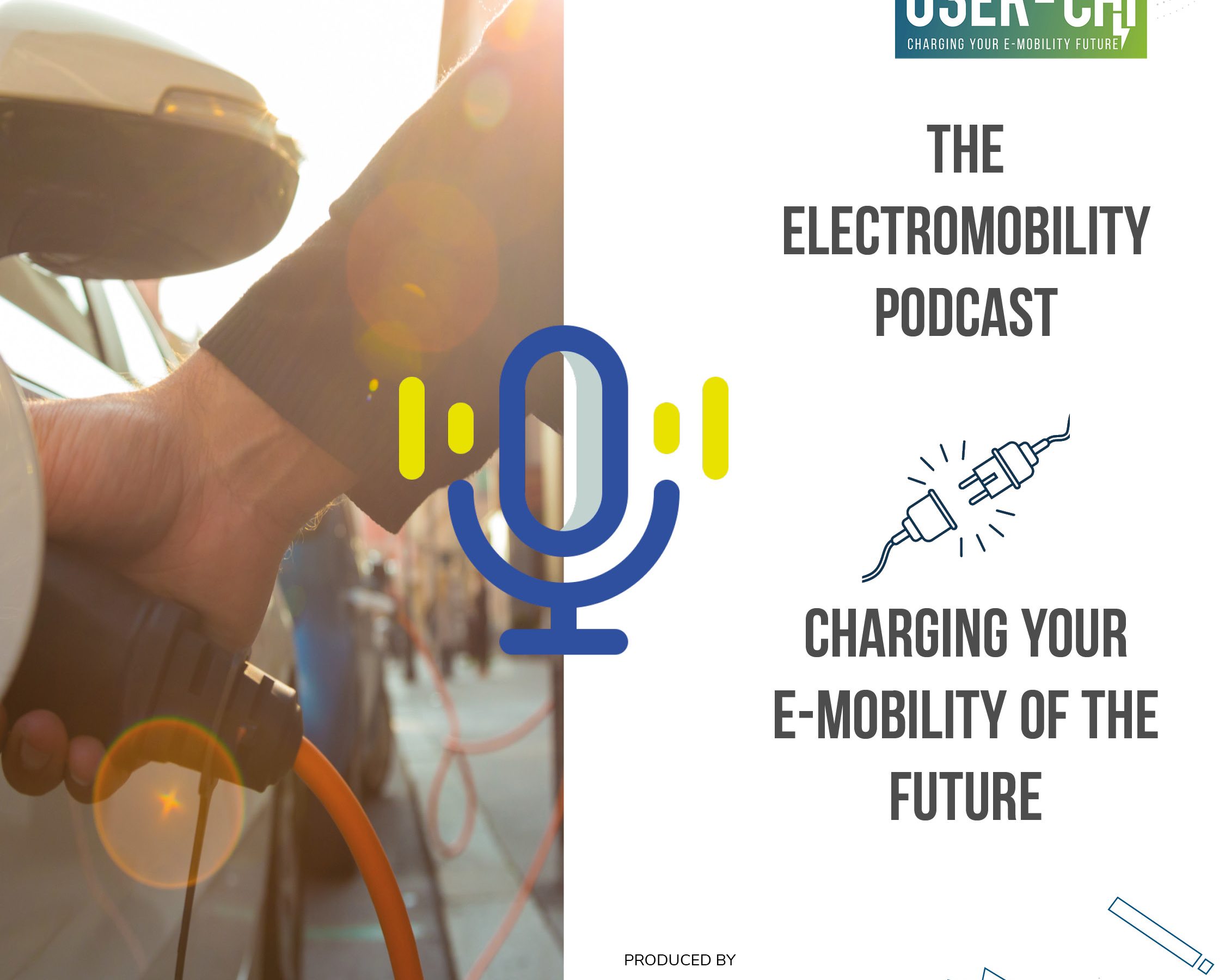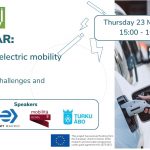USER-CHI webinar on Smart Charging
Smart charging means charging a vehicle flexibly to lower costs for EV drivers and grid companies, to accommodate the integration of renewable energy sources and to minimise EVs’ collective impact on the power system. Indeed EVs are more than a cleaner vehicle; they are a powerful resource for consumers and power sector actors. It is critical, therefore, to draw the most value from charging electric vehicles through so-called smart charging. On July 8 2024, we took a deep dive into some innovative smart charging solutions tested in European cities with USER-CHI, INCIT-EV and eCharge4Drivers projects. This event showcased the latest developments and results from these EU-funded projects, highlighting innovative solutions and practical applications in the realm of smart charging.
At the very beginning of the webinar, Jaap Burger from the Regulatory Assistance Project (RAP) provided a foundational overview of smart charging, discussing its importance in optimizing energy use and integrating renewable energy sources. He highlighted the benefits of smart charging, such as cost savings for users, increased use of renewable energy, and reduced strain on the electricity grid. He also emphasized the need for robust data exchange and dynamic pricing to fully realize these benefits.
eCharge4Drivers Project: Enhancing Energy Efficiency with Smart Charging Solutions
Sylvain Guillemin from the French National Institute for Solar Energy (INES) presented the results of the eCharge4Drivers project. This initiative focused on deploying smart charging solutions in Grenoble, France, and Barcelona, Spain. The project aimed to optimize energy use by integrating PV solar production with EV charging.
The Grenoble site featured a parking lot equipped with PV solar panels on the roof and 12 charge points, supporting 30 users. The primary goal was to maximize the use of locally produced solar energy for EV charging. The smart charging system managed charging sessions to align with solar energy production, ensuring that the total charging power did not exceed PV generation. Over a year-long period, the project achieved a 10% increase in the self-consumption of PV energy, based on over 3000 charging sessions. Users were able to monitor and adjust their charging preferences via a mobile app, contributing to the system’s efficiency.
In Barcelona, the focus was on minimizing electricity costs by leveraging off-peak electricity rates. The system optimized charging schedules to take advantage of lower electricity prices during off-peak hours, thus reducing overall charging costs for users.
INCIT-EV Project: Leveraging Aggregated Flexibility for Effective Grid Congestion Management
Bram van Eijsden from TotalEnergies Charging Solutions Netherlands shared insights from the INCIT-EV project. Conducted in Haarlem, Netherlands, this pilot focused on using aggregated flexibility from 200 public charge points to manage grid congestion. The project implemented passive smart charging, meaning EV drivers did not need to interact to activate smart charging. The system received real-time congestion signals from the grid operator and adjusted charging loads accordingly. During an 8-day final demo, the system managed to shift 1 MWh of load, affecting over 400 charging sessions. Key lessons included the importance of large group sizes for effective flexibility and the need for high-quality data from smart meters. Minimal user complaints indicated that the smart charging interventions were unobtrusive. However, one-phase EVs with larger batteries were more significantly impacted.
USER-CHI Project: SMAC – An Advanced Tool for Optimizing Smart Charging Operations
Alberto Zambrano from ETRA introduced SMAC, the smart charging tool developed within the USER-CHI project. This tool enables charge point operators (CPOs) to adopt smart charging strategies, reducing operational costs and enhancing service quality. The SMAC platform supports various use cases, including dynamic load balancing, peak power reduction, and maximizing renewable energy use, thereby benefiting both CPOs and EV drivers.
SMAC integrates with the INTEROPERABILITY HUB (based on OCPP 2.2.1), enabling communication between different CPOs and EMSPs. It uses a mixed-integer linear optimization model to create optimal charging profiles. The platform supports various scenarios, including dynamic load balancing, peak power reduction, and renewable energy optimization. These capabilities help CPOs manage energy costs and improve the efficiency of their charging infrastructure.
EV drivers use an app to set their charging preferences, such as desired state of charge and departure time. The system combines this data with real-time information from the grid and local renewable energy sources to create optimized charging schedules. Initial tests showed that SMAC could effectively reduce operational costs and enhance the use of renewable energy, benefiting both CPOs and EV drivers.
Key Takeaways and Future Directions
The webinar concluded with a discussion on the future of smart charging in Europe. Key points included the need for improved data exchange standards, integration of dynamic pricing to incentivize smart charging, and ongoing collaboration among stakeholders to enhance the scalability and impact of smart charging solutions. You can watch the recording of the webinar below.





